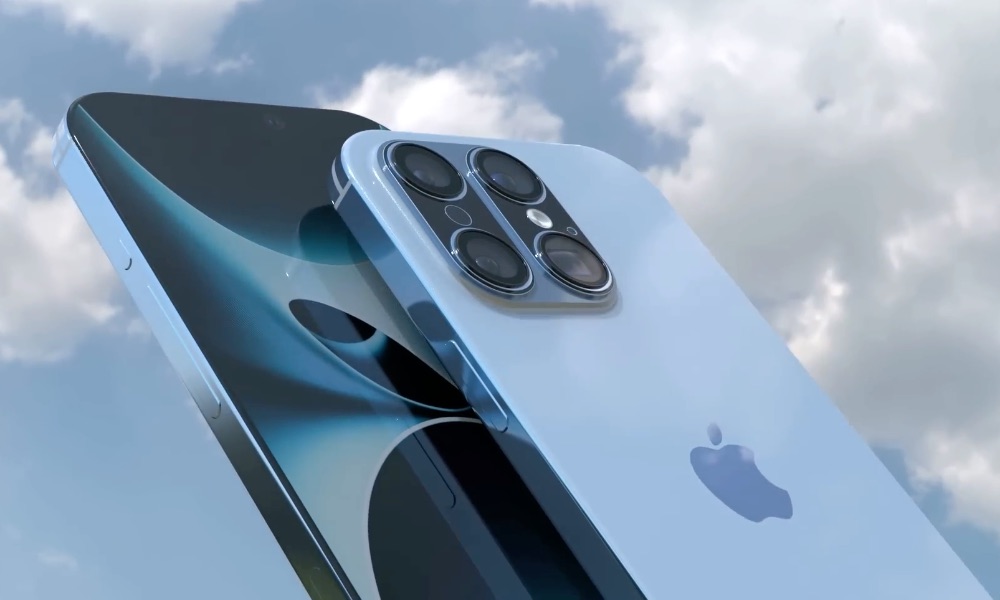Apple’s Next-Gen A18 and M4 Chips May Feature a ‘Significantly’ Upgraded Neural Engine
 Credit: 4RMD
Credit: 4RMD
Toggle Dark Mode
Apple’s next-generation M4 and A18 chips that will power future Mac and iPhone models will feature an upgraded Neural Engine, boasting “significantly” more cores.
This latest insight comes from a report by the Economic Daily News:
It is rumored that Apple’s product line will be greatly upgraded. The new generation of M4 and A18 processors used in terminal devices such as iPad, Macbook and iPhone will significantly increase the number of built-in AI computing cores. This year, it will invest in TSMC’s (2330) 3nm enhanced version process. The chip volume is expected to increase by more than 50% compared with last year, and a large amount of advanced packaging production capacity will be contracted, which will inject TSMC’s operational heat transfer.
Upgrades to the Neural Engine should bring impressive improvements to iOS 18, which is expected to be rich in AI and machine learning features. Apple’s upcoming iPhone operating system is expected to offer generative AI features for several apps, including Apple Music, Messages, Shortcuts, Siri, and more.
Apple CEO Tim Cook said earlier this month that the company was working on generative AI and would share more details later this year. With iOS 18 set to be unveiled at Apple’s Worldwide Developers Conference (WWDC) in June, it’s likely we’ll hear more by then.
The A18 series chips are expected to debut inside iPhone 16 models, which will hit shelves in September. Previous rumors have indicated that some generative AI features could be iPhone 16 exclusives, which would make sense if the Neural Engine receives an upgrade.
The Neural Engine in the iPhone has a rather long history, as follows:
- The first 2-core Neural Engine debuted in the iPhone 8, iPhone 8 Plus, and iPhone X with Apple’s A11 chip, the first in the “Bionic” family.
- An 8-core Neural Engine debuted in the iPhone XS, iPhone XS Max, and iPhone XR with the A12 Bionic, and continued with the A13 Bionic in the iPhone 11, iPhone 11 Pro, and iPhone 11 Pro Max.
- The A14 Bionic introduced a 16-core Neural Engine in all iPhone 12 models, and the subsequent A15, A16, and A17 Pro chips have maintained that 16-core configuration from the iPhone 13 to the iPhone 15.
While the Neural Engine’s core count has not increased every model year, Apple has improved the performance of the cores, even when the number of cores has stayed the same. Apple says the A17 Pro chip used in the iPhone 15 Pro lineup has up to 2x better Neural Engine performance than the A16 used in the previous year’s iPhone 14 Pro and the standard iPhone 15 models.
As for the M-series chips used in the Mac, most Apple Silicon-equipped Macs feature a 16-core Neural Engine. However, there are exceptions, such as the M1 Ultra and M2 Ultra chips that power the Mac Studio and Mac Pro. Those chips feature a 32-core Neural Engine, as they combine two M1 Max or M2 Max chips, effectively doubling the cores.
We’ll likely see the first Macs powered by an M4 chip in late 2024 or early 2025.
Generative AI has become somewhat of a buzzword in the industry since 2022, when OpenAI first released its ChatGPT chatbot, which has the ability to respond to questions and prompts. Other companies, such as Microsoft and Google have released other AI chatbots and tools, including those that can respond to voice queries, generate images from a prompt, and much more.







